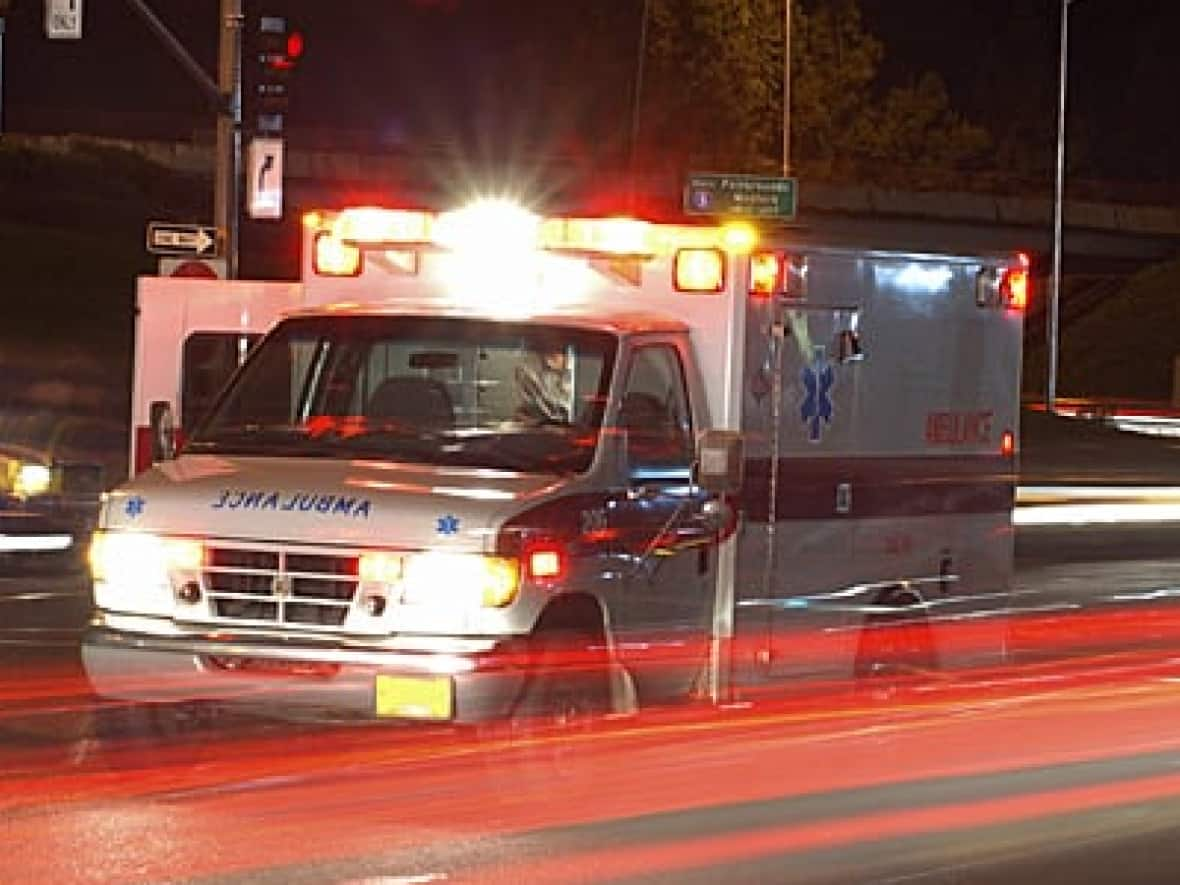Report supports centralized Alberta EMS dispatch, but communities still have concerns

A report released by the Alberta government has done little to assuage the concerns of municipalities in Alberta who have been opposing the centralization of EMS dispatch.
On Monday, the Government of Alberta released a 186-page report: the Alberta Emergency Medical Services Dispatch Review.
The review found that the current centralized EMS dispatch model was not affecting wait times. There were 45 recommendations in the report, including integrating aeromedical dispatch systems and providing EMS contractors with unit location visibility.
The government says it has accepted the recommendations.
But the results of the report were disappointing to Wood Buffalo Mayor Sandy Bowman.
"I was pretty hopeful that it was going to give us something that would help our situation," Bowman said. "The only real thing that can solve this is returning our dispatch back to our municipality."
In 2021, the province put Red Deer, Lethbridge, Wood Buffalo and Calgary on the centralized EMS dispatch system, despite protest from those communities.
Bowman said the concerns around centralized EMS dispatch have come to fruition and are still apparent today.
The issues that have cropped up because of the dispatch model are sending EMS services to the wrong address and delayed response time, Bowman said.
Previously, local dispatchers knew the area and would be able to quickly locate local landmarks, said Bowman.
"We're a huge, huge municipality that's made up of a lot of rural communities that don't have exact street names," Bowman said.
The report found that address identification in rural areas took longer than the provincial average.
After January 2021, 90 per cent of addresses were verified in under 60 seconds. But that wasn't always the case in rural areas, where the verification time could take between 50 and 79 seconds.
The report states, "AHS EMS dispatch should explore innovative technology solutions that may support call evaluators in quickly and accurately determining rural addresses."
The report also found that there was a decrease in location errors, but "despite the improvements, there is a more frequent occurrence of location errors in rural and remote areas."
Overall the report found that there was no deterioration in performance because of centralization, but "there were performance gaps uncovered during the review which are within the scope of EMS dispatch to improve."
Paul Spring, founder and aviation advisor for the Local HERO Foundation, has been doing medevacs in Wood Buffalo since 1986. He said since the dispatch system was centralized, it takes longer for the helicopter to be dispatched and the location information is watered down.
For example, Spring said there have been incidents that on a map appear to be only a few kilometres away from Fort McMurray's downtown. But when ground ambulances are sent, they can't get to the location because it's only accessible by ATV.
"That's where the local knowledge comes in to get us to these locations with the right tools," Spring said.
Sometimes there are incidents 150 kilometres away, and the helicopter isn't sent until ground ambulances have arrived, assessed the situation and decided the severity of the injuries, Spring said.
"In the old system we would have launched at the same time," Spring said. "We could there and use that speed advantage."
Spring said he just wants to see the best system for patients in the region.
Ken McMullen, chief of emergency services in Red Deer, said he was surprised by the report's finding that the centralized model is appropriate.
The report finds overall that there's been no degradation in service, and the centralized model is appropriate, despite over 50 per cent of the concerns having validity, McMullen said.
When dispatch worked in town, people were able to use the "twist-and-shout method," in which dispatchers were able to turn and talk to each other about incoming calls or needs, said McMullen. Not anymore.
McMullen doesn't expect to see a return to the old system, and he'd like to see fixes come to the current one.
"I think that we have to just watch and monitor and see if their work continues to increase and improve," McMullen said.
Now McMullen said he'd like to see the province address this list of concerns and be held accountable on follow-through.


